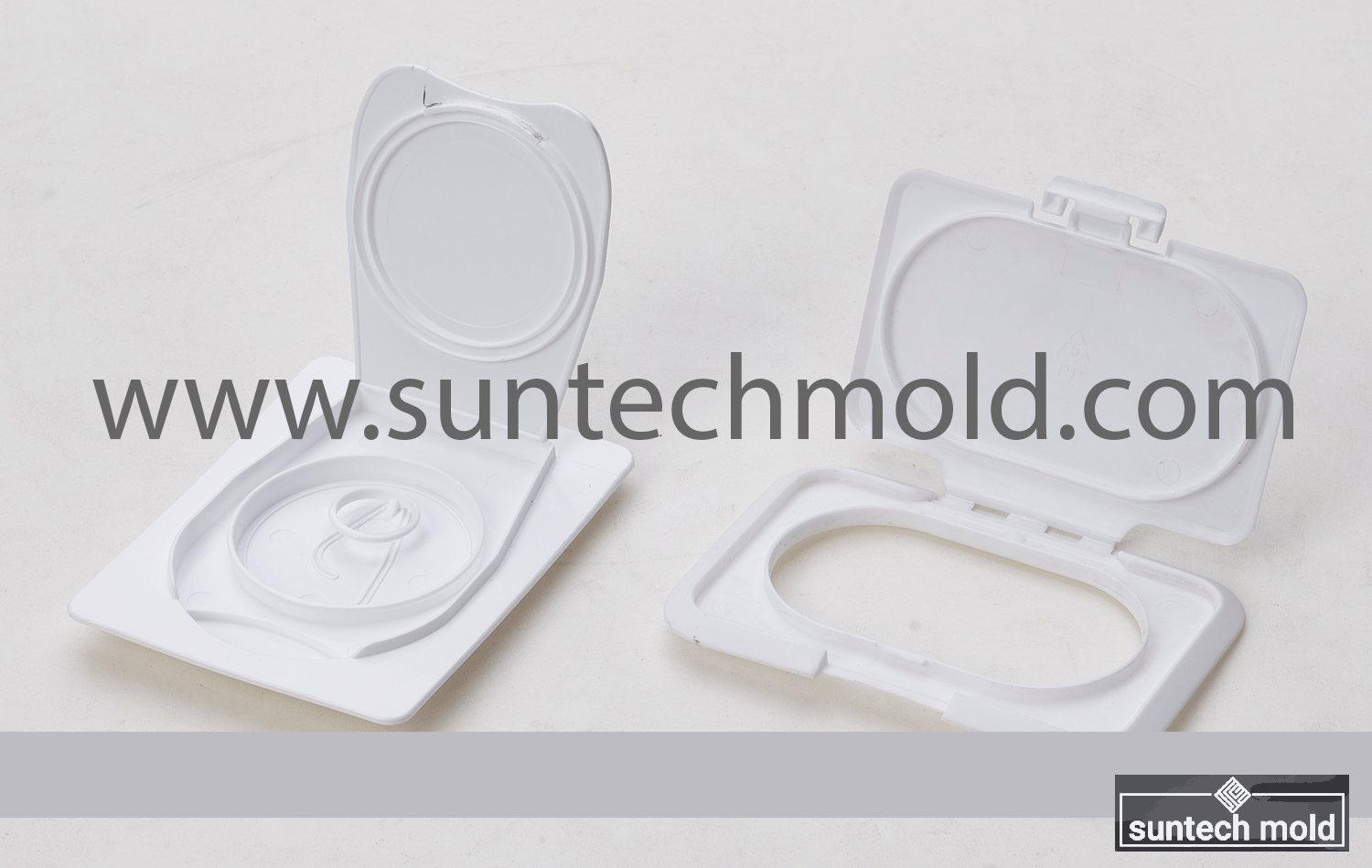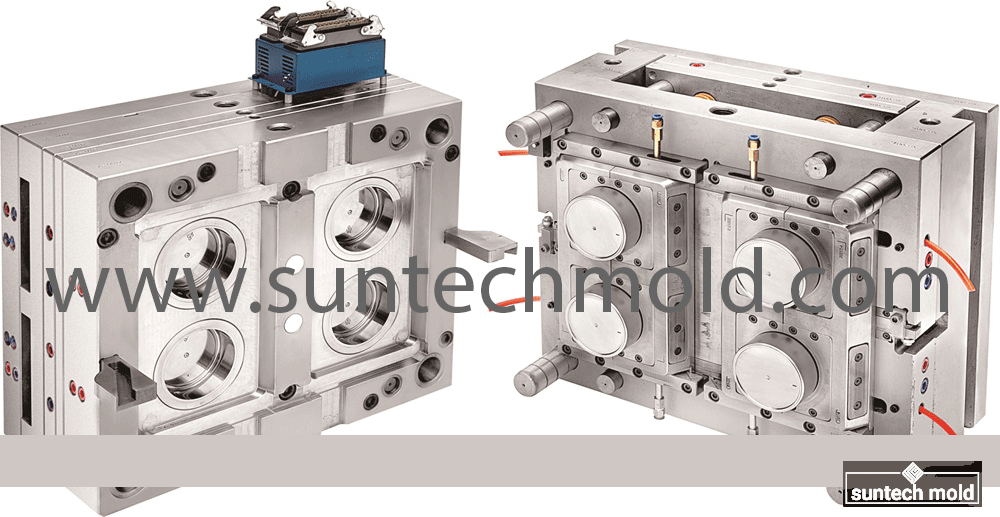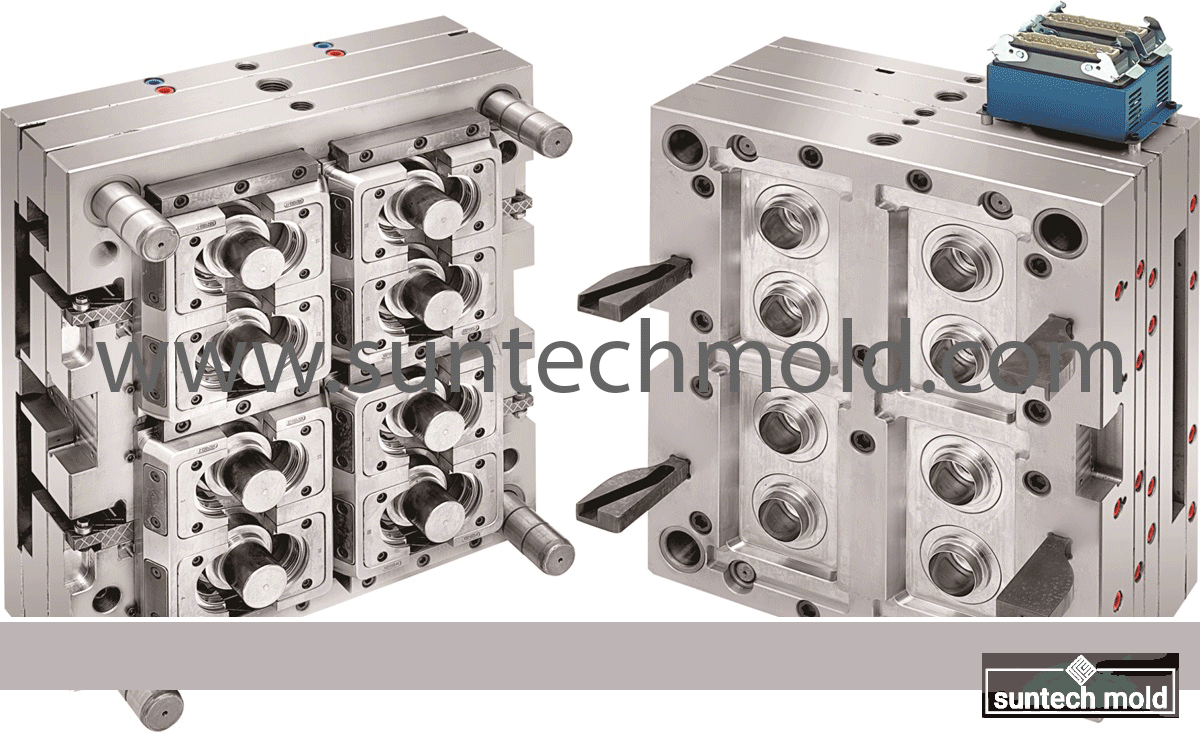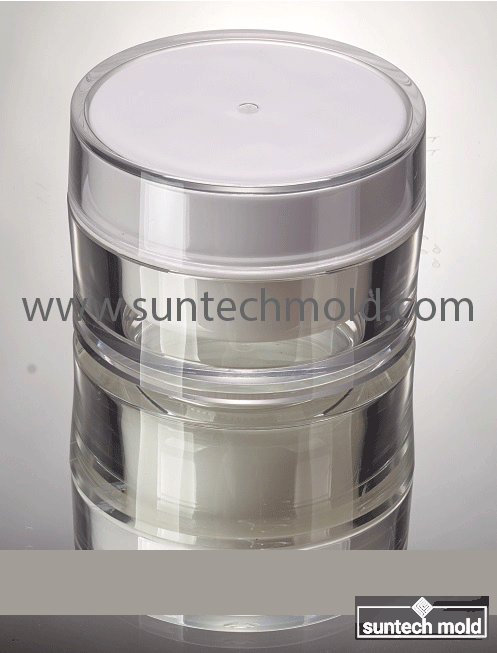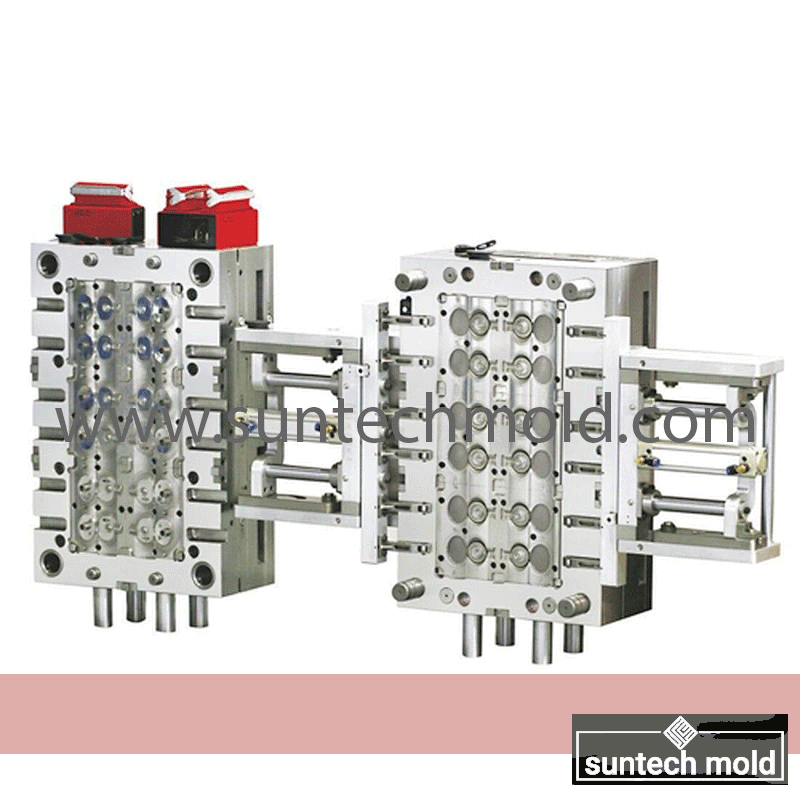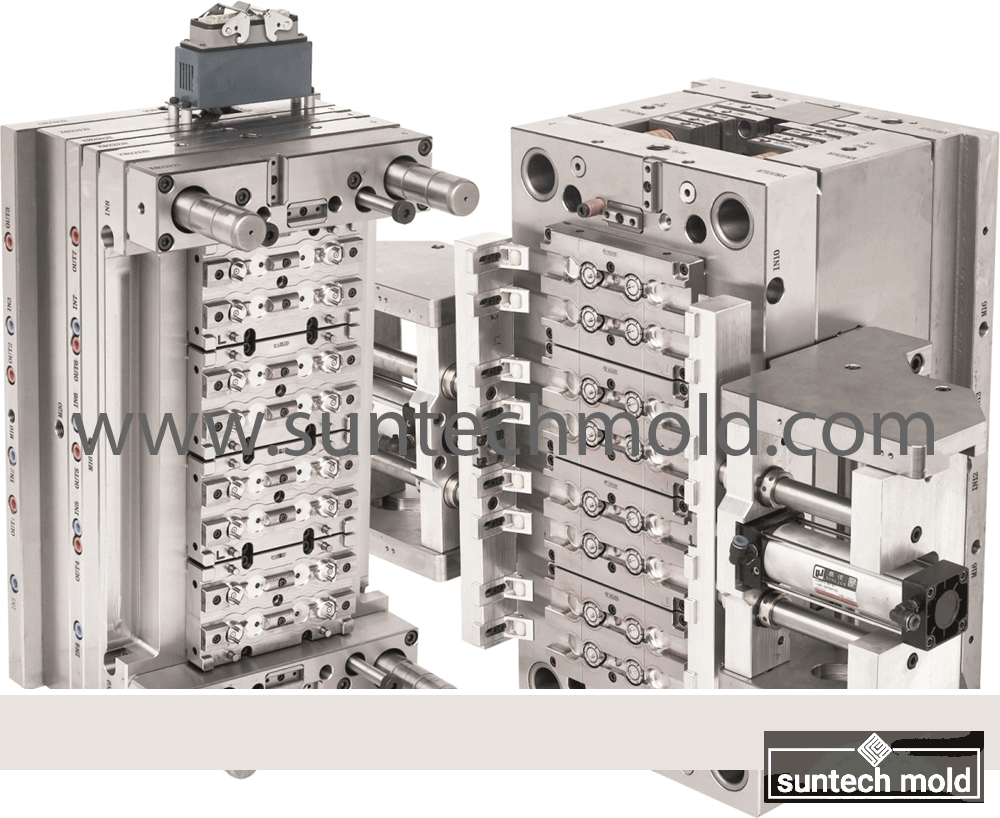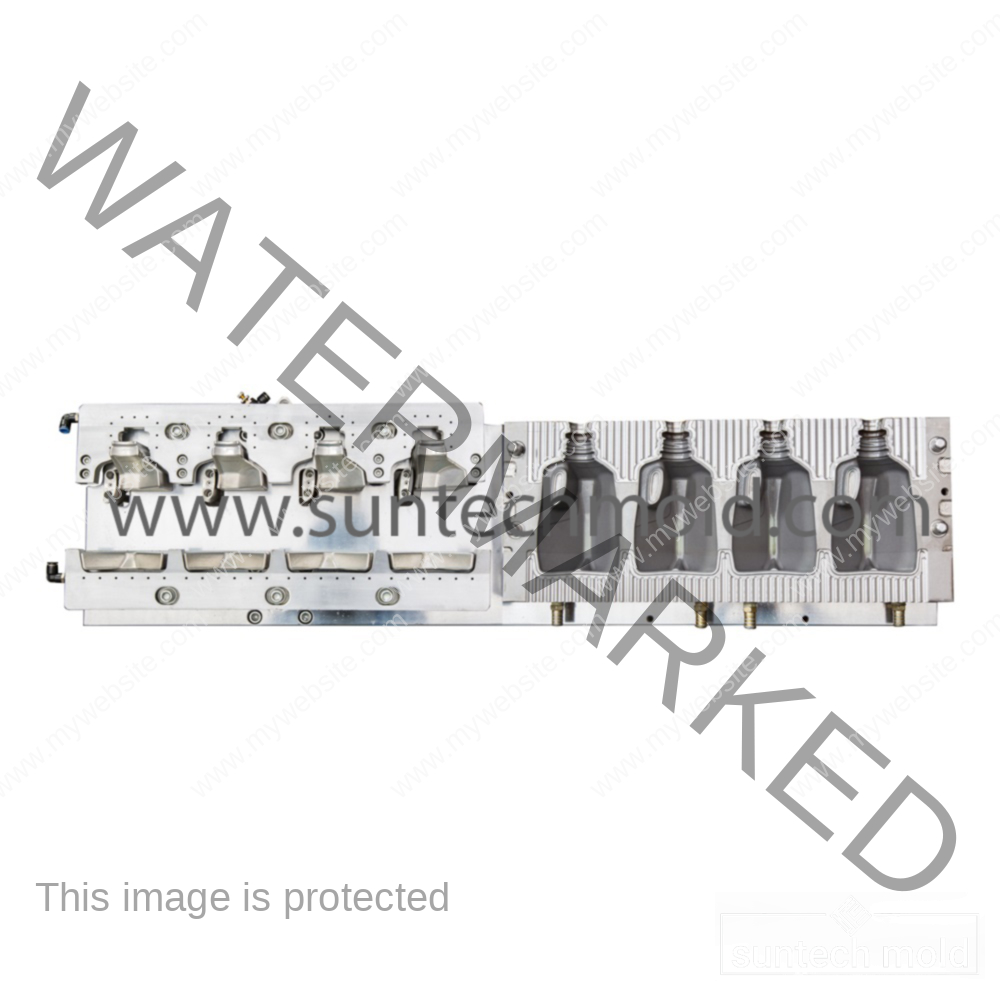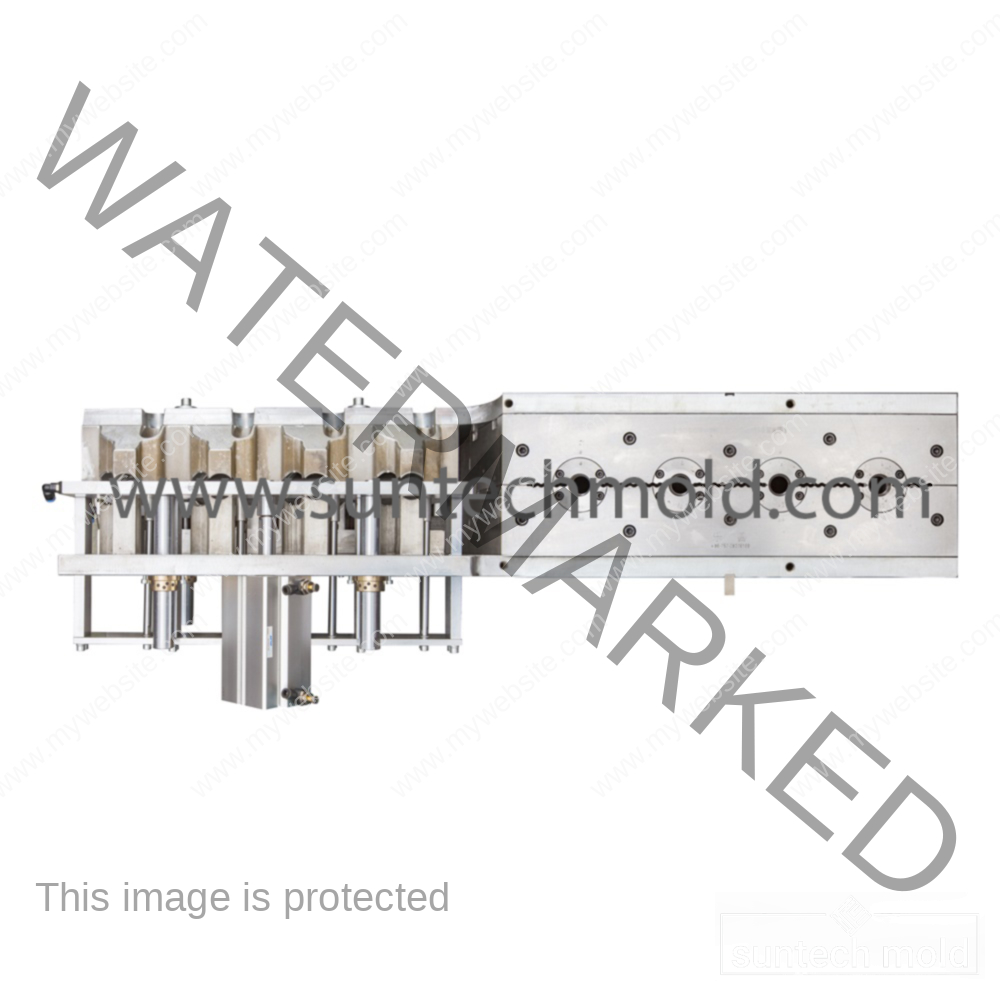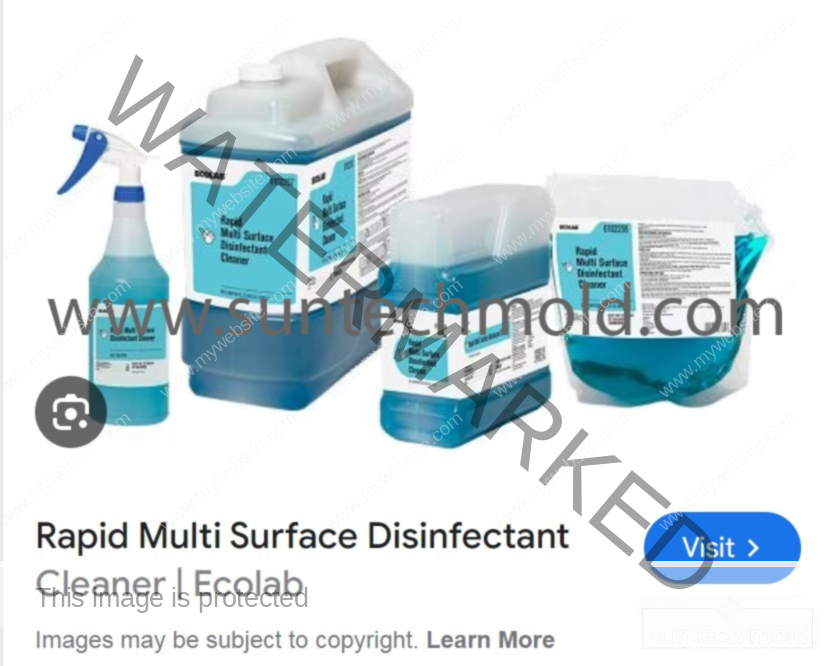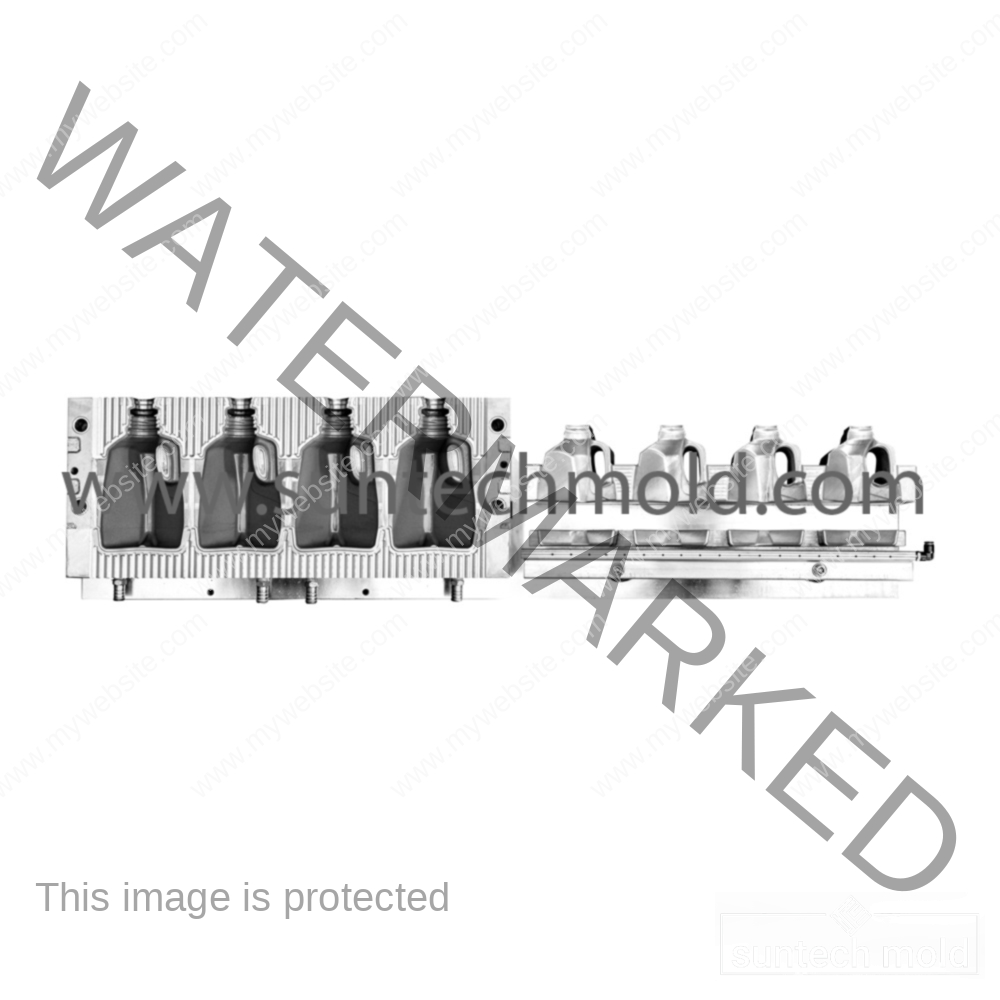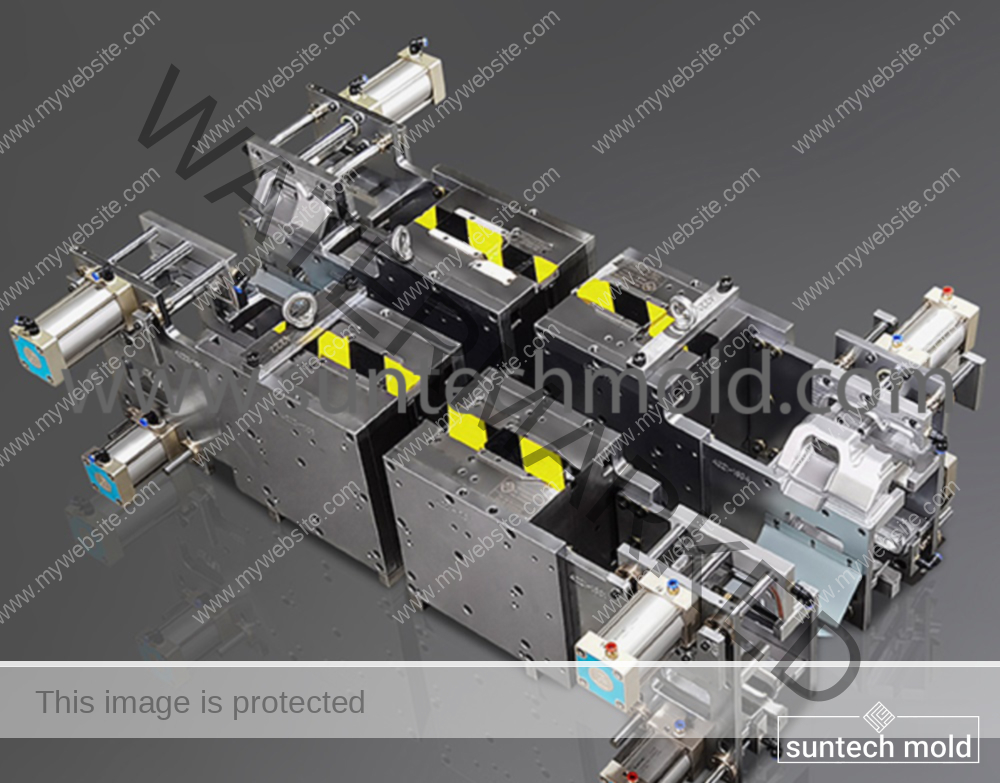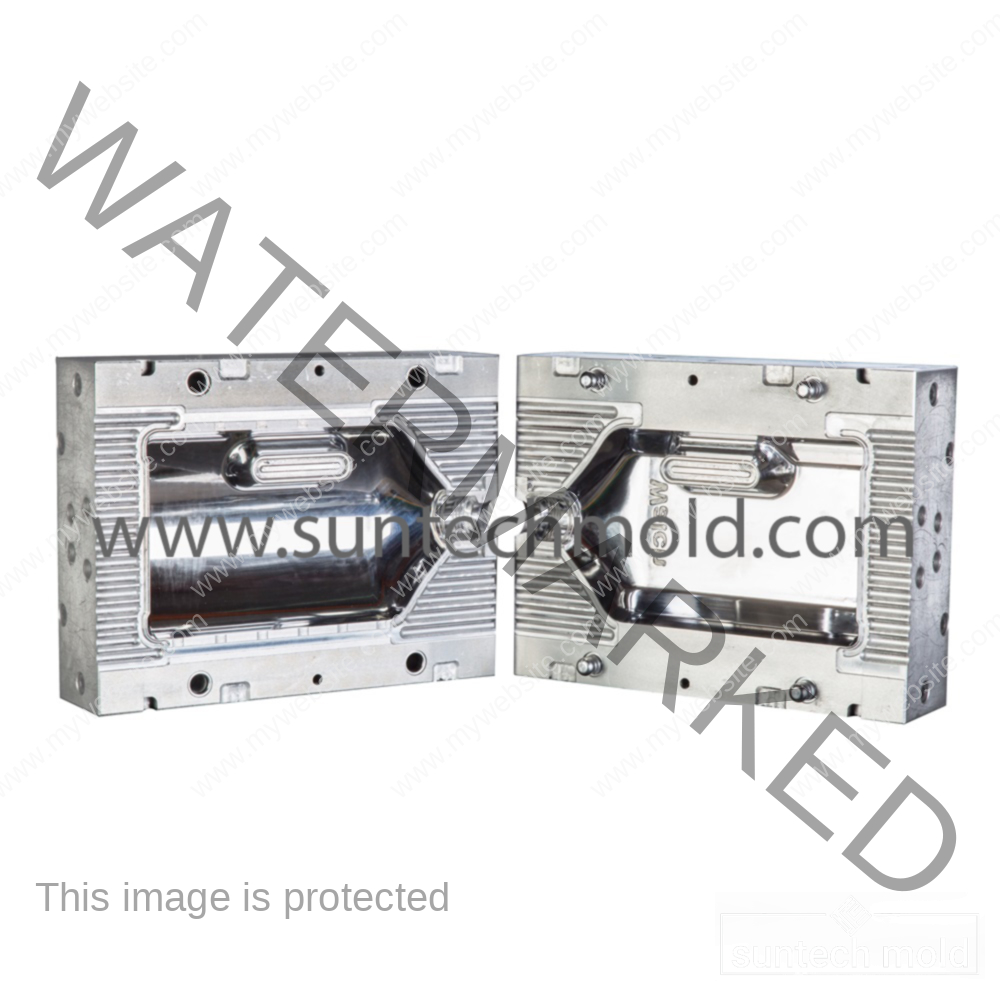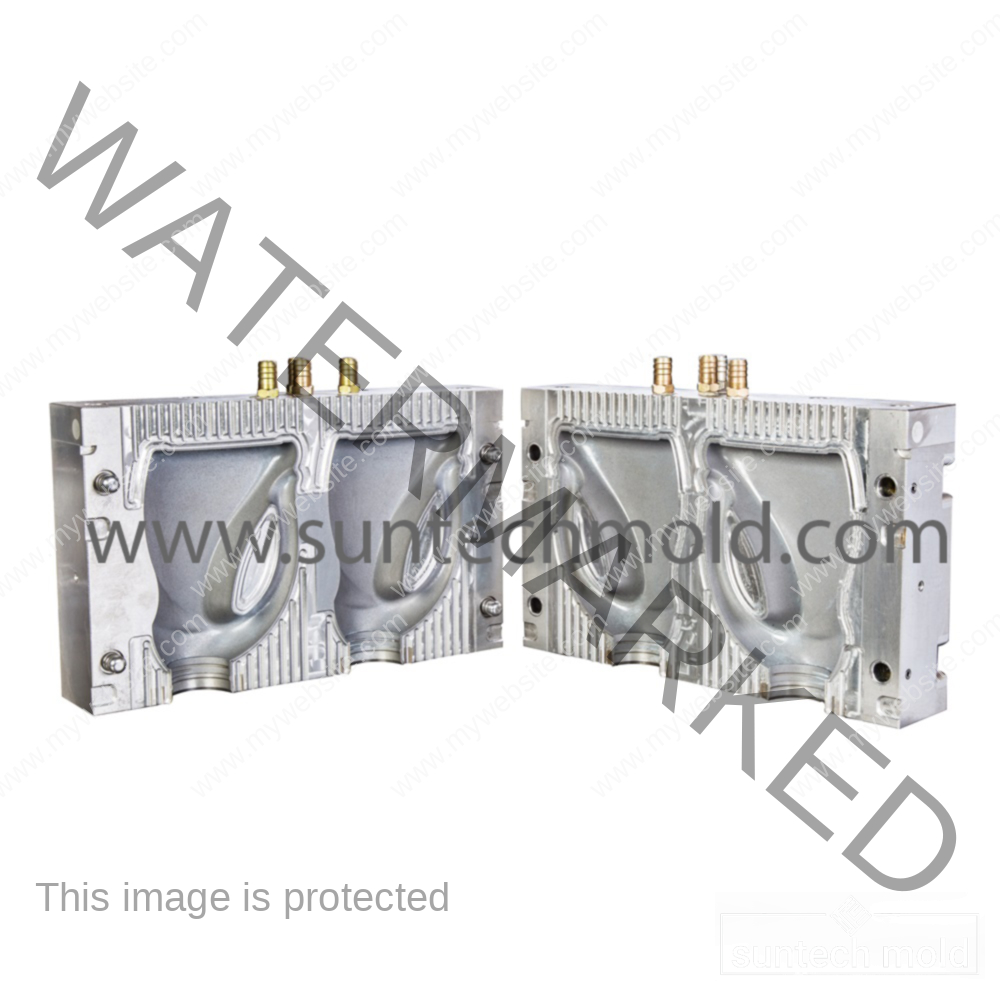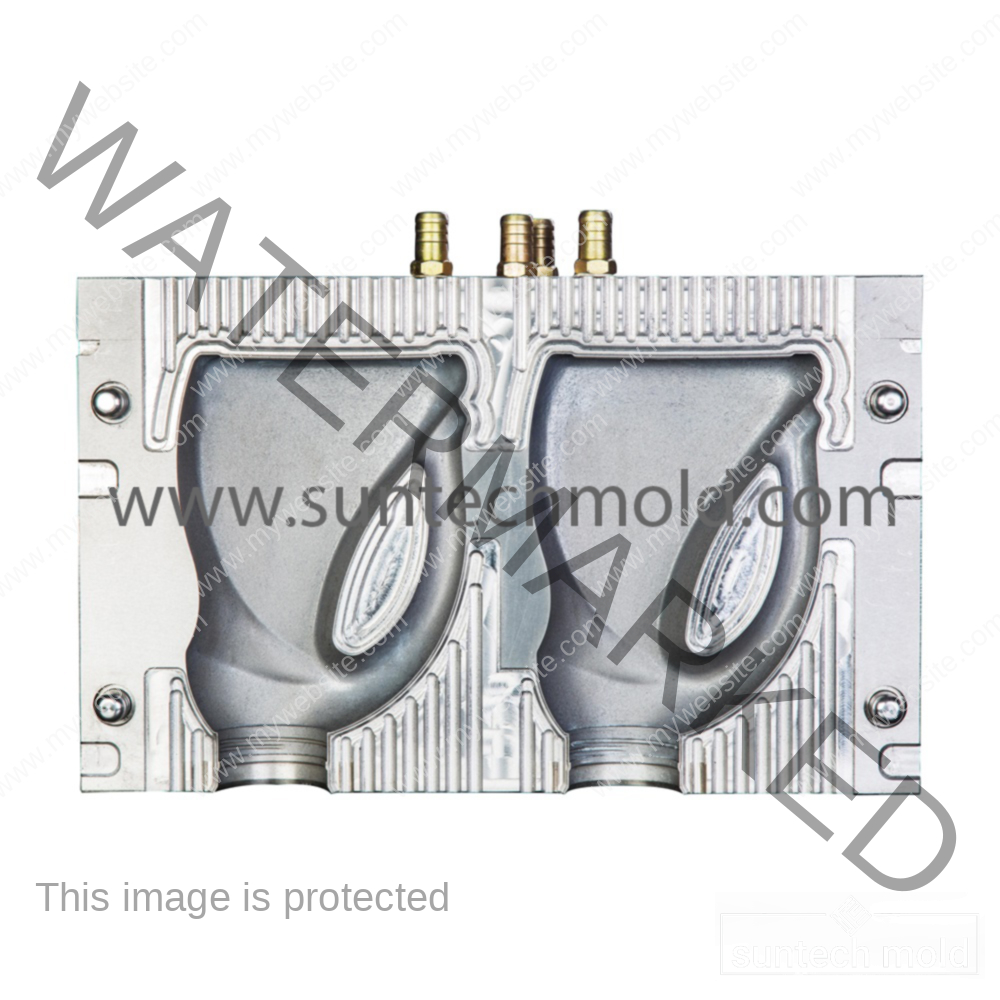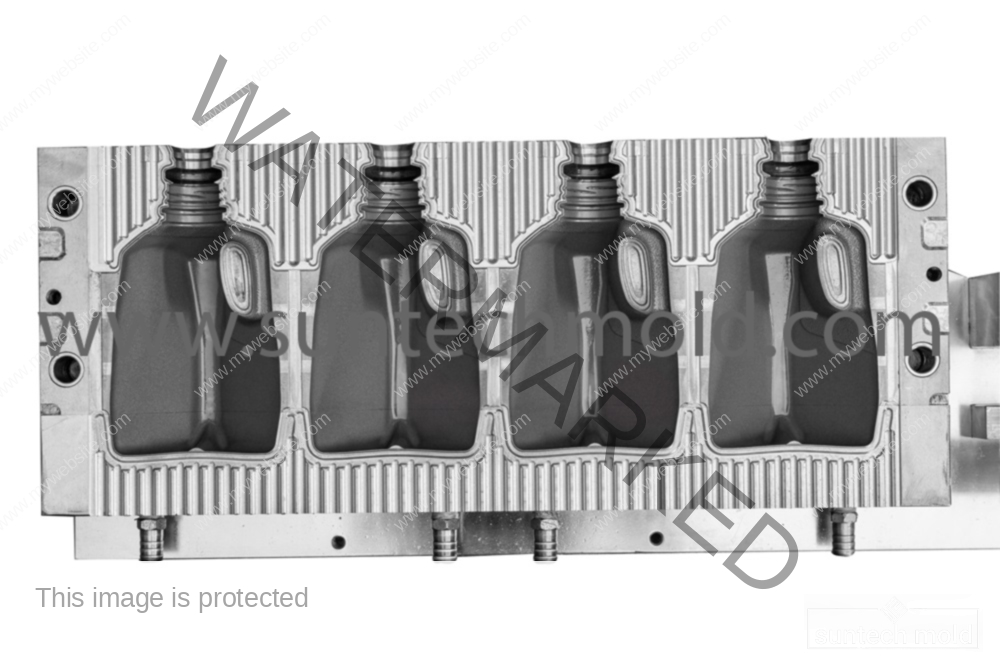Implementing cooling channels effectively is key to achieving uniform cooling in mold design. Here are some best practices to ensure optimal cooling performance:
- Channel Design:
- Layout: Design cooling channels to follow the contour of the mold, ensuring they are evenly distributed throughout the cavity.
- Shape: Use curved or serpentine channels rather than straight lines to increase surface area and enhance heat transfer.
- Channel Size and Spacing:
- Diameter: Choose an appropriate diameter for cooling channels; larger diameters can reduce pressure drop, while smaller diameters may increase cooling efficiency.
- Spacing: Maintain consistent spacing between channels to ensure even cooling across the mold surface.
- Heat Transfer Considerations:
- Material Selection: Use materials with good thermal conductivity for the mold to enhance heat dissipation.
- Surface Treatments: Apply surface treatments (e.g., coatings) to improve heat transfer properties.
- Flow Rate Management:
- Balanced Flow: Design the cooling system to ensure a balanced flow of coolant through all channels, preventing hot spots.
- Control Valves: Use control valves to adjust flow rates as needed for different sections of the mold.
- Temperature Monitoring:
- Sensors: Integrate temperature sensors within the cooling channels to monitor and adjust temperatures in real time.
- Feedback Systems: Implement feedback systems that can adjust coolant flow based on temperature readings.
- Simulation and Analysis:
- Thermal Simulation: Use thermal simulation software during the design phase to visualize heat distribution and optimize cooling channel placement.
- Iterative Design: Test different configurations through simulations to find the most effective cooling setup.
- Avoid Air Traps:
- Channel Design: Design channels to avoid dead spots where air can become trapped, which can hinder cooling efficiency.
- Ventilation: Incorporate ventilation points to allow trapped air to escape.
- Maintenance Access:
- Accessibility: Design cooling channels for easy access to facilitate cleaning and maintenance, ensuring they remain effective over time.
- Inspection Ports: Consider adding inspection ports to monitor the condition of the cooling channels.
- Integration with Mold Design:
- Cooperation with Mold Design: Ensure that cooling channels are integrated seamlessly into the overall mold design, taking into account part geometry and processing requirements.
- Minimize Complexity: Keep channel designs as simple as possible to avoid manufacturing difficulties.
- Prototyping and Testing:
- Prototype Molds: Create prototypes to test cooling efficiency and make adjustments based on the results.
- Real-World Testing: Conduct real-world tests to validate cooling performance during production.
Conclusion
By following these practices, you can implement cooling channels that provide uniform cooling, reducing cycle times and improving product quality. Proper design and monitoring are essential for achieving optimal cooling efficiency in mold applications.

